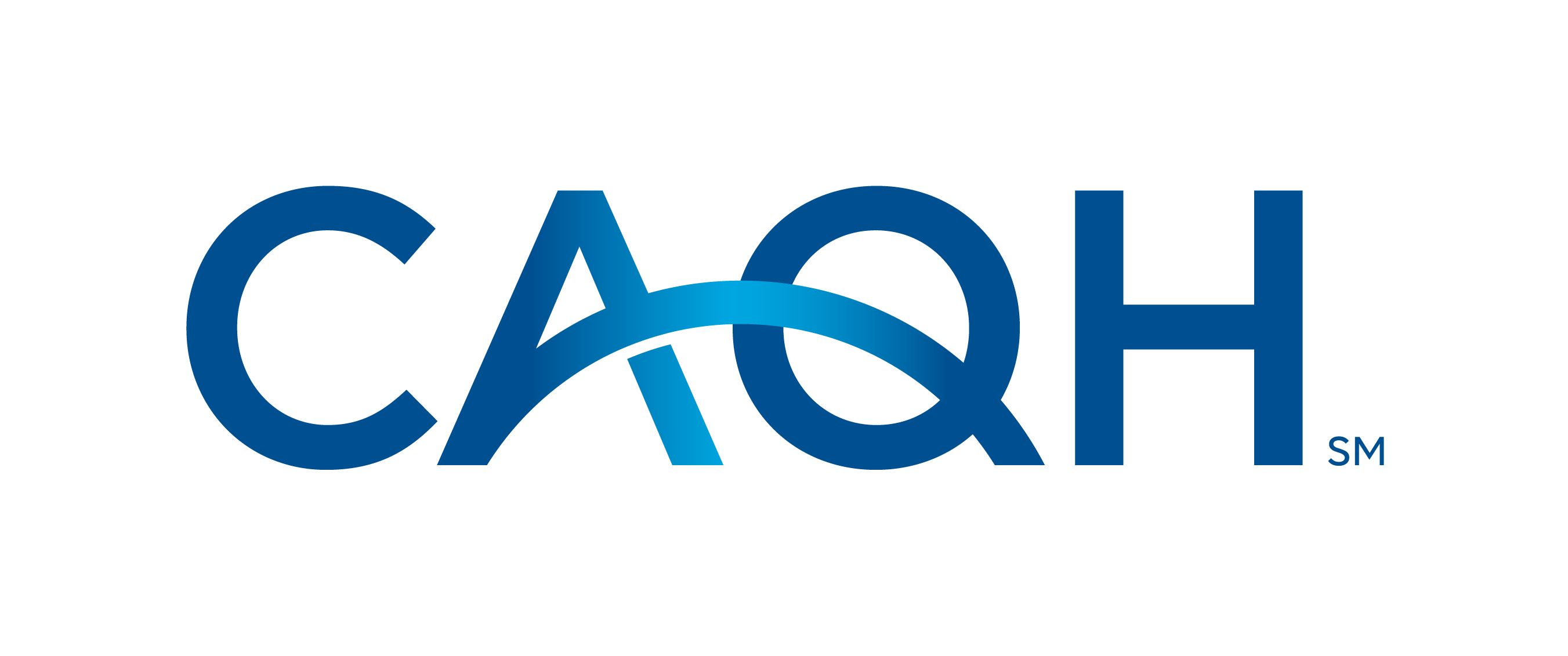Article
Following the Money in Healthcare
Author(s):
Healthcare spending is tracked routinely, but much less is known about where the money goes.
Healthcare spending is tracked routinely, but much less is known about where the money goes.
Sherry Glied, PhD, and colleagues at the Wagner Graduate School of Public Service at New York University published a study that “decomposed” spending in 3 categories of healthcare (hospital, physician, and outpatient) to provide a better idea of who collects the revenue and how the shares received have changed over time. The authors report, in Health Affairs, that purchases of medical services and increased compensation of highly skilled professionals accounted for the plurality of spending growth between 1997 and 2012.
In the period studied, spending on the 3 sectors rose by $580 billion, and employment rose by 1.7 million people. In 2012, just under half of all revenues were spent on labor compensation. The labor compensation share of spending declined slightly; within these sectors, the share of compensation paid to physicians and nurses increased. However, even though employment of nonprofessional labor grew during the studied period, this group did not account for much of the sector’s increased spending.
Unlike prior studies of healthcare accounting, the authors of this study separated healthcare professionals from less skilled employees, distinguished medical supplies form other purchased materials, separated physicians’ offices from outpatient surgical and diagnostic centers, and included as revenue funds received by hospitals that are then used to build new structures. Their figures are derived from detailed source data from the Bureau of Labor Statistics and the Economic Census and from the Economic Census’s annual industry accounts.
The data show that in 2012 personal health consumption expenditures were $2336 billion, or 84% of overall US health expenditures. The study shows that $1377 billion of these expenditures in hospital care, physician and clinic services, and outpatient services account for a steady share of US health expenditures (about half the total) since 1997. In 2012, revenues exceeded expenses by 10.2% across all 3 sectors overall. Half of all revenue was paid to workers, which is consistent with previous research.
In 2012 almost half (46.5%) of all labor compensation was allocated to the three main industry groups in the healthcare workforce (physicians and nurses; other healthcare practitioners and support staff; and managers, administrators, and information technology [IT] staff)—or 23.1% of total sector revenue to pay wages and benefits of physicians and nurses. Other healthcare practitioners and support staff accounted for 11.7% of total sector revenue. Other employees (including administrators, management, and IT, as well as contract labor) accounted for 14.9% of total sector revenue.
The next-largest class of revenue went to producers of intermediate goods and services: more than 35% of total revenue ($492 billion) went toward these purchases, which were divided about equally among medical supplies, services purchased externally, and other operating costs (33.4%, 30.3%, and 30.8%, respectively). Approximately 36.7% of purchased service costs was spent on professional and technical services (accounting, legal, engineering).
“Our results suggest that regulatory and market changes, economywide trends, and changes in technology have all influenced where the money in the health sector goes,” the authors conclude. In the future, changes in the healthcare sector, including the development of new delivery systems and the introduction of new technologies, are likely to alter where the money in the sector goes and who receives how much of it in the future.

Navigating Sport-Related Neurospine Injuries, Surgery, and Managed Care










